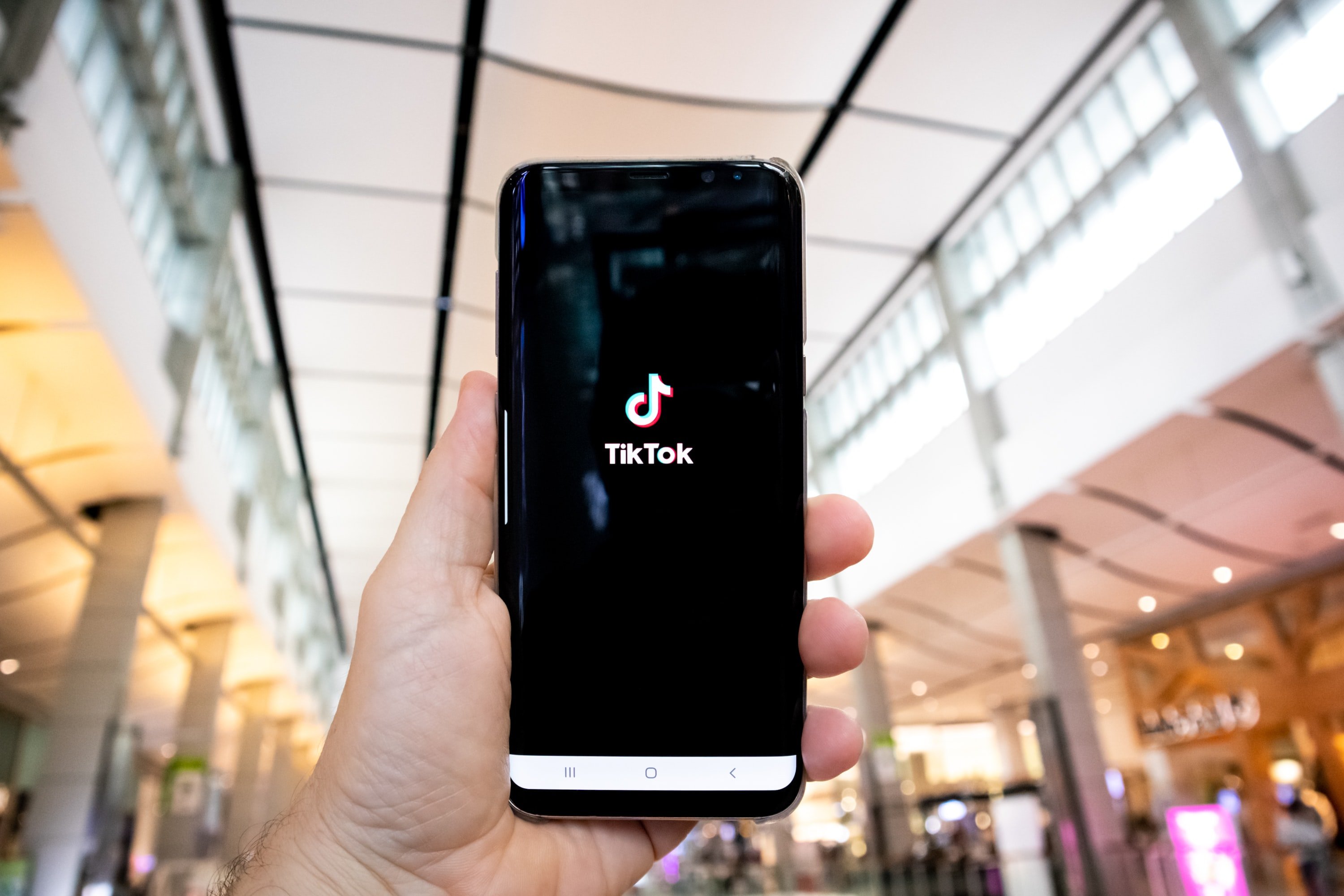RESOURCES
The Role of Your Creative Strategy in Driving Results
Creativity isn’t something to be forced, especially if it risks eclipsing your message and overshadowing your intentions. But it is a necessary part of advertising—your creative strategy and its design is usually the first thing people see, and it will lead them down the consideration and decision-making paths.
Code3 experts help some of the world’s largest brands scale across platforms like Amazon, Facebook, TikTok, Pinterest, and more. Creative is a huge part of this and is what powers the success of your media campaigns. The internet is heavily saturated with ads, and there’s no reason to believe this will change or improve. Social media ad budgets have doubled worldwide, driving up prices and making it harder for brands to compete. Standing out matters more than ever, and developing strong ads starts with your creative strategy.
Here’s why your creative strategy deserves a huge slice of your attention and resources and what a strong strategy should include.
Rhyme and Reason: Your Creative Strategy Goes Beyond Visual Appeal
When we think of creative, a visual image or video usually comes to mind. But customers and advertisers have very different priorities when it comes to the creative end-game.
For Users
On the customer-facing side, creative serves to capture attention and leave a positive first impression. Studies have long shown people process visuals nearly 60,000 times faster than text, so catching the eye and getting your message across quickly is key.
This is especially true in the age of shorter attention spans, which have shortened as much as 25% within the last few years. Advertisers are facing an increasingly uphill battle with skippable ads, on-demand expectations, and very little tolerance for fluff.
These things are conditioning us to become more stingy with our time and more strict with our expectations. Watching a 45-second commercial is a lot to ask, but it wasn’t so long ago that we had no choice but to watch several 45-second commercials back-to-back on television. With so little time to appeal to our audience, high-quality creative not only captures our users’ attention but also makes it feel like more of a pleasure than an interruption.
For Advertisers & Brands
Dig down a few layers and look at the role of a creative strategy through the advertiser’s lens. The real purpose of creative isn’t just about how something looks but rather why looks matter in the first place and what achieving the “right” look can do for brands.
Creative allows advertisers to experiment with something that is within their control. That says a lot, given the world of algorithms plays an increasing role in how, when, and where creative is shown. These algorithms are increasingly difficult to navigate, and the price of advertising is skyrocketing.
In fact, a recent report found CPC prices are up 20% between the first and second quarters of 2021. Paid search cost-per-click was up a whopping 41% in Q3, according to a separate report. And even when you outbid your competitors, you still might not “win” if they have better creative.
But when your audience stops the scroll, algorithms take notice. When a pause turns into a like, share, or comment, algorithms start to favor you just a little more. And when engagement turns into click-throughs, the algorithms become fans of your brand.
All of these circle back to the quality and wow factor of your creative. Quality matters more today than it did several years ago when money and audience targeting were key drivers in visibility. Ads were also cheaper at that time, which reduced the risk of experimentation with different targeting parameters and creative.
But times have changed, and there are more factors to consider to maximize your ad spend. Algorithms do a lot of the targeting for you by finding lookalike users who are similar to customers that have interacted with you in the past. Bidding has also complicated the process, and advertisers are spending as much as 5-6 times what they used to.
In today’s landscape, the algorithms that drive major platforms like Facebook reward media that includes high-quality content, even if you are bidding less than your competitors. Advertisers that take this to heart can not only reduce their ad spend but also increase their visibility, as long as creative is where it needs to be.
Our advice: Recognize what you have control over and lean into it. Creative remains one of the few avenues that offer control, allowing brands to experiment, test, and reoptimize in their own ways. By altering creative, you can improve the effectiveness of your media campaigns because better creative will trigger improvements in other areas.
Nuts and Bolts: What to Include in Your Creative Strategy
Adopting a creative-first strategy can help you move the needle in more than one direction. The difference in cost per conversion between the best creative and worst creative is about tenfold: being on the better end of the spectrum allows you to do more with fewer advertising dollars, plain and simple.
Here are some essential pieces that guide a strong creative strategy:
An Instant Hook
Going back to the short attention span bit, advertisers are responding by creating shorter and shorter ads. It’s better to be seen a little than to not be seen at all if a user skips your ad. It takes as much time to view a 5-second ad as it does to play a 30-second ad that can be skipped after five seconds. Start with an instant hook and remember every second is valuable.
A Format That Fits the Platform and Feature
Different platforms call for different specs and enable a variety of ad formats. Your creative should be designed with its specific destination in mind. For example, Instagram Stories gains about half of ad views, so any placement here should work within the Stories feature.
Code3 Success Story Featuring Michael Kors
Personalization
Personalized marketing still matters, especially as we prepare for a cookie-less future. Because users are being more conscious of the time they give to content, creatives need to address each user’s personal needs. Personalization adds relevance to creative. Without it, you’re not giving your audience a reason to engage.
Last but not least, personalization is nothing without intentionality.
Shoppers view products based on either unexpected discovery or planned purchases. For example, a user might not be in the market for new shoes, but if they happen to see a pair they like, they may follow through with a purchase. Or, if a shopper’s washing machine were to suddenly die, they would proactively look to replace it.
It’s important to understand the difference between discovery and planned purchasing when personalizing your creative. Some products will only ever fit the “planned” category, like a washing machine. (Who decides to purchase a washer on a whim?). Others, like a pair of shoes, may bridge the gap between discovery and planning.
The quality of your creative matters in both cases. But arguably, it matters more for discovery products because it yanks the user out of their current reality and pulls them into yours. Being intentional with your creative development means knowing which category your products are likely to fall into and then designing around those needs.
Next Steps: Leverage a Strategic Partner for Better Creative Outcomes
At Code3, we support the intersection of the media, creative, and commerce trifecta. Only when you have all three pieces of the puzzle can you maximize their advertising performance across every format and every channel.
We encourage you to reach out to Code3 to learn more about how we can serve as your strategic partners in creative development and apply your content to your strategy.
SIGN UP FOR OUR WEEKLY NEWSLETTER

News, Views, and Valuable Resources
Delivered to Your Inbox Each Week




